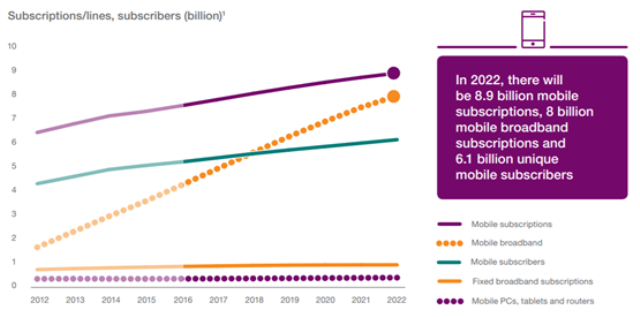 Huawei rotating CEO Ken Hu today announced X Labs for mobile broadband research at the seventh annual Mobile Broadband Forum (MBBF) in Japan.
Huawei rotating CEO Ken Hu today announced X Labs for mobile broadband research at the seventh annual Mobile Broadband Forum (MBBF) in Japan.
X Labs research platform will bring together mobile operators, technology providers, and vertical industry partners to jointly explore future use cases for mobile applications, drive innovation in business and technology, and promote an open industry ecosystem.
X Labs is designed to explore three separate areas of mobile communications: people, verticals, and household.
The mLab focuses on how to create immersive user experience in emerging mobile applications like video, live streaming, VR and AR. vLab focuses on vertical applications, exploring how mobile technology can enable the digital transformation process of all vertical industries. hLab focuses on connecting more households and leveraging broadband connections to develop smart home applications.
Huawei is riding on the anticipated rapid growth in the mobile Internet subscriber base of telecom operators. Bharti Airtel, a leading telecom operator in India, has increased its data customer base to 41.3 million in Q2 from 36.6 million in Q1.
ALSO READ: Jio impacts data business of Airtel, Idea, Vodafone and RCOM
There will be 8.9 billion mobile subscriptions with 90 percent using mobile broadband by 2022. At this point in time, there will be 6.1 billion unique subscribers, according to the latest Ericsson Mobility Report.
 There will be 3.9 billion smartphone subscriptions by the end of 2016. Almost 90 percent of these subscriptions will be registered on WCDMA / HSPA and LTE networks. The number of smartphone subscriptions is forecast to reach 6.8 billion by 2022, with more than 95 percent of the subscriptions registered on WCDMA / HSPA, LTE and 5G networks.
There will be 3.9 billion smartphone subscriptions by the end of 2016. Almost 90 percent of these subscriptions will be registered on WCDMA / HSPA and LTE networks. The number of smartphone subscriptions is forecast to reach 6.8 billion by 2022, with more than 95 percent of the subscriptions registered on WCDMA / HSPA, LTE and 5G networks.
“Mobile broadband networks, sensors, man-machine interfaces, cloud computing, big data and AI technologies will converge and integrate, to create brand new applications for products and services, and drive the digital transformation of all industries,” said Huawei rotating CEO Ken Hu.
Video has become the popular form of content delivery in media, social, and professional communications, like marketing. Video and images account for more than 60 percent of mobile network traffic. Entertainment video is the largest part of this market, with plenty of room for operator involvement.
“In industrial applications, mobile video solutions for public safety, traffic surveillance, and logistics are brimming with opportunity. In the video communications domain, live video has become a huge global phenomenon,” Ken Hu said.
The second major opportunity for carriers is in the household market. There are around two billion households in the world. Of these, 1.3 billion don’t have broadband connections, and 300 million have connections slower than 10 Mbps. These 1.6 billion households are an ideal market for wireless broadband.
More than 100 telecom operators have deployed Huawei’s wireless-to-the-x solutions (WTTx), covering 30 million households. Payback periods for wireless broadband have proven to be far shorter than those for fixed broadband networks.
The vertical market is the third opportunity identified by Ken Hu. Huawei CEO encouraged operators to identify specific opportunities that can leverage the capabilities of mobile communications, and focus on new business models.
To focus on three opportunities in the video, household, and vertical markets, existing networks need to evolve from technology-centric to application-centric. This evolution depends on three key factors: connectivity, architecture, and application-enablement platforms.
Enhanced connectivity
Applications with HD video need 10 Mbps network connections with end-to-end latency below 50 milliseconds. Beyond better support for video services, also need to introduce wide-area IoT technology for connections between things, and Cellular-V2X technology for connected vehicles.
Cloud architecture
Huawei’s innovation focuses on full cloudification of mobile networks, from core to access—and especially air interface—to help its customers boost network performance and reduce overall costs.
Application-enablement platforms (PaaS)
Application-centric networks need strong application-enablement platforms. These platforms should provide APIs, data storage, data analytics capabilities, and cloud management services in order to open up network capabilities and accelerate application development.





